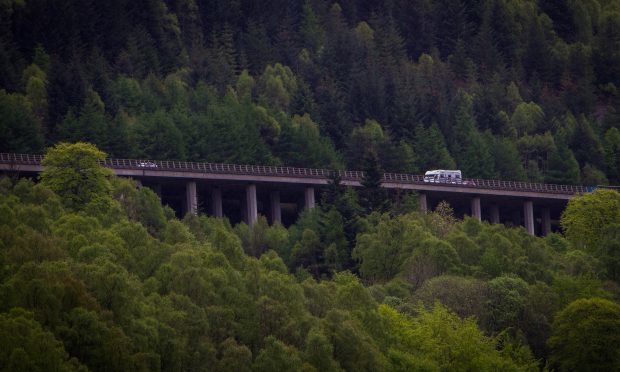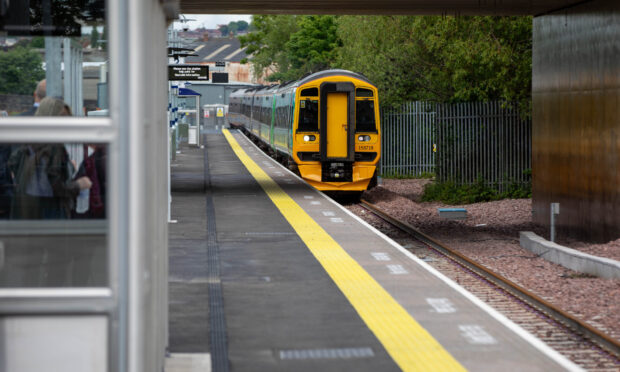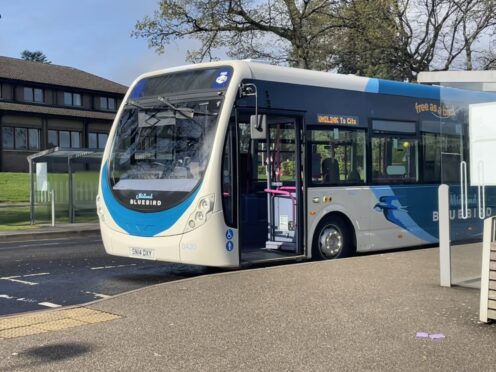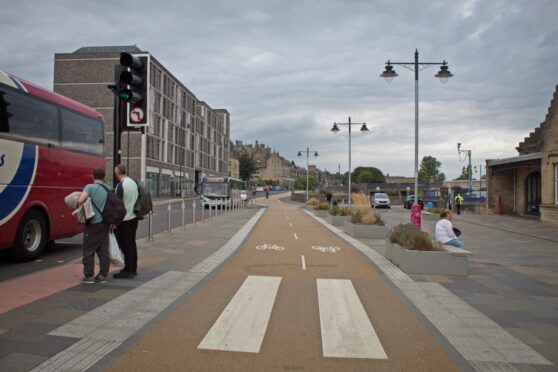Travellers are being warned to brace themselves for weeks of delays, as the multi-million-pound next phase of the A9 dualling programme gets under way.
Transport chiefs have struck a deal for two more sections of the Inverness to Perth route.
Scots firm Soil Engineering Geoservices Ltd won the £2.6 million contract for ground-investigation work on the Pitlochry to Killiecrankie and Killiecrankie to Glen Garry routes, totalling about 17 miles.
Work will begin in the new year and is expected to last for around three months.
>>24 Days of Christmas – Click here for special festive deals from some of our favourite local businesses
Traffic restrictions will be in place to keep workers and motorists safe during construction.
A Transport Scotland spokesman said: “Some of the work will take place on or near the live carriageway and in order to ensure the safety of both road workers and road users we will need to introduce traffic management arrangements.
“Road users and local communities will be kept informed of our plans and we will endeavour to ensure that any disruption is kept to a minimum.”
Revised designs for the Killiecrankie to Glen Garry section were unveiled last month after objections from local groups.
Opponents say the new dual carriageway will destroy the historic Killiecrankie battlefield site.
And they say the latest proposals are even worse.
George MacLen, a member of the Killiecrankie 1689 campaign group, said he was “horrified” when the plans were unveiled at a consultation event.
“The new designs don’t improve things for the battlefield site and make things much worse for the people who live here,” he said.
Transport Scotland said it was aware of the “sensitivities” around this part of the A9 and has pledged to continue to work with objectors to try and resolve all outstanding issues.
Transport Secretary Michael Matheson said: “The A9 dualling programme between Perth and Inverness is one of the largest and most challenging infrastructure projects in Scotland’s history.
“With ground investigation works already under way on a number of sections of the route, these latest ones starting next month will help inform the design work for the neighbouring schemes stretching over 17 miles.”










